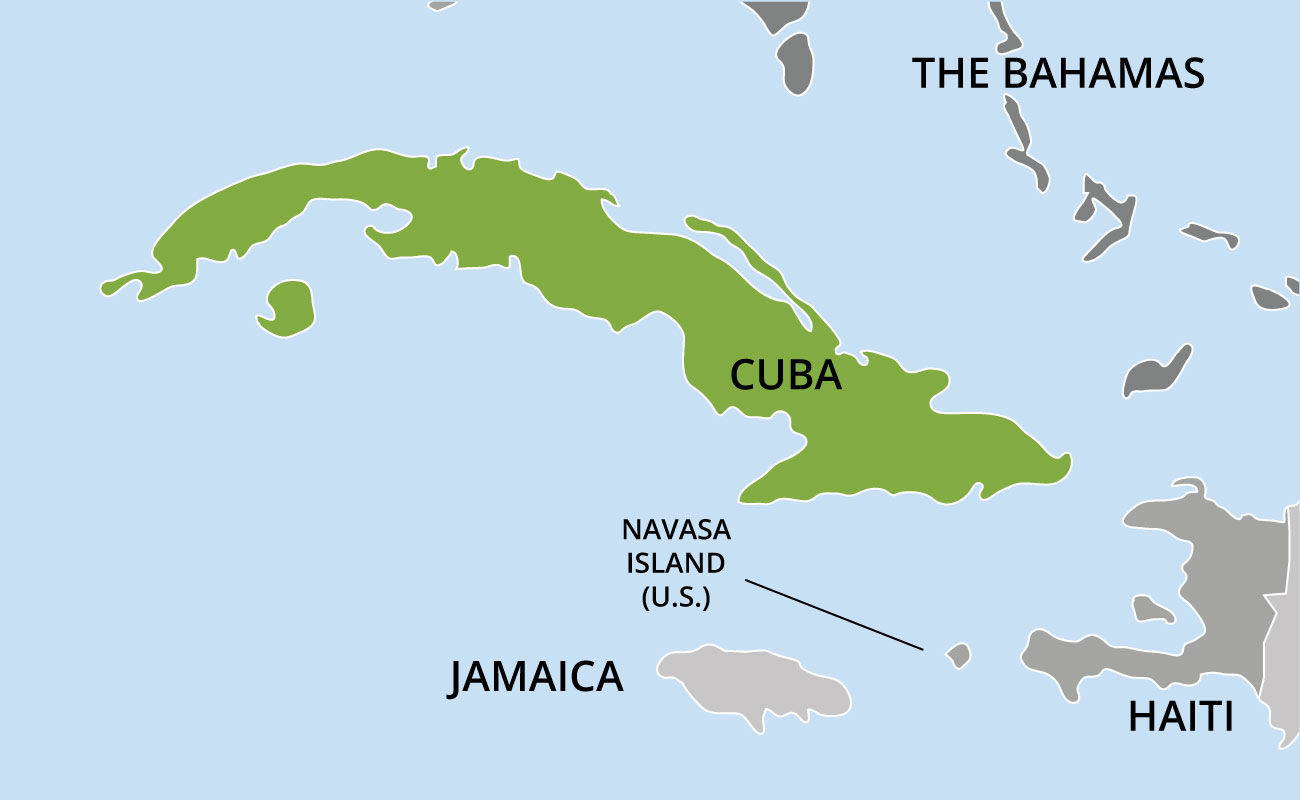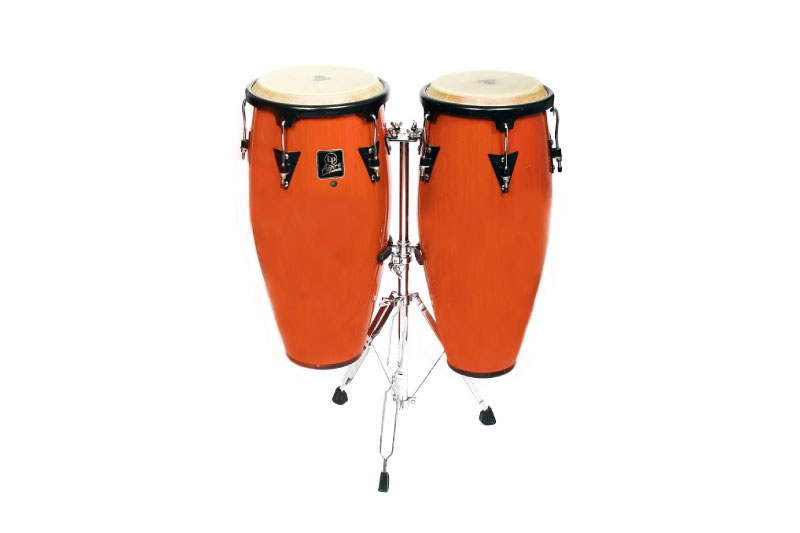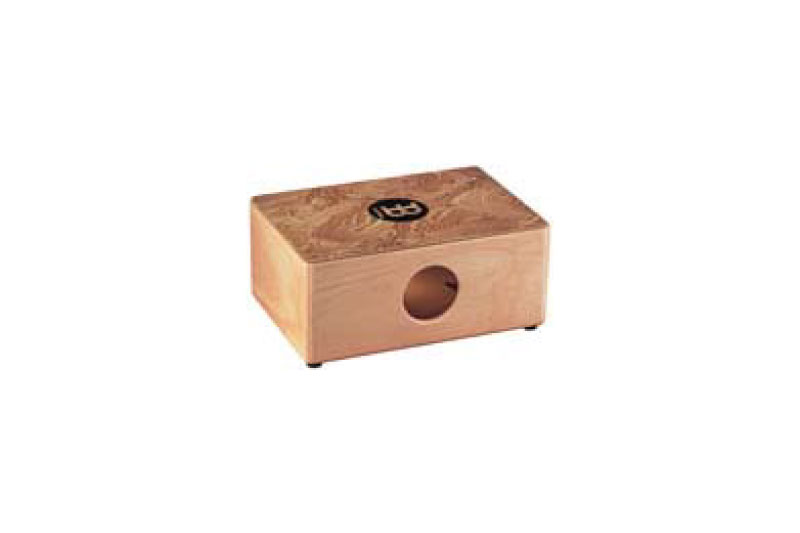
Caribbean Popular Dance-Hall Music III
Rumba: the National Dance of Cuba
The rumba, one of the most significant dances of Cuba, comes from the term "rumbear" which means to party. In keeping with its kongo derivation, it is a dance hall music in which couples improvise lively steps matching the complex rhythms provided by a battery of percussion. The instruments include the "quinto" (a high pitch drum) and the lower pitch "tumbadoras", as well as "palitos" which are sticks to play the time keeping cascara.
The singing part, as well as the instrumental brass section, in the call and response form, is central to the topical nature of the genre, which like the "merengue"of Haiti, the "calypso" of Trinidad and Tobago, or the "samba" of Brazil covers the range of social concerns of the people. Rumba developed among the dockworkers of Havana and Matanzas, a proletariat that is central to the economic structure of the country.
Structurally, there are three basic types of rumba:
- The "yambu"
The yambu, slow and in binary form or 4/4, known as the old people's rumba, is the precursor of the guaguanco. Yambu has almost disappeared as a dance form, and is performed by folkloric ensembles. - The "guaguanco"
The guaguanco, in binary form or 2/4, is also slow, but a bit faster than its predecessor, and is danced by one man and one woman. In the kongo tradition, guaguanco is a flirtatious couple's dance where the man chases the woman who plays hard to get. - The "Columbia"
The columbia in 6/8 time is fast - a male solo, acrobatic dance that displays the dancer's artistic talent.
Cuban music, a prototype of Afro-Latin musical culture, shows great diversity as a result of the island's status as a pole of attraction in the Caribbean. During the 20th century, great numbers of Haitians and Jamaicans went to cut sugar cane in Cuba where their descendants still live.





The choreography of the Rumba is highly pantomimed and improvisational and is characterized by the movement known as Vacunao, which is a pelvic movement or erotic symbolism. This movement is directly derived from the fertility dance or Congolese origin known as Yuka.







